Becky Searle, author of the newly released book ‘Grow a New Garden: Plan, Design & Transform any Outdoor Space’, has some excellent advice for budding gardeners. The key to a cohesive garden? Planning.
Becky is a freelance gardening writer and speaker, specialising in organic gardening and soil health. She was raised by an ecologist so was instilled with a profound respect for the natural world from a young age. Becky always felt drawn to garden design and describes her first garden as like suddenly having a laboratory to play with: “it was an opportunity for me to get down on my hands and knees and see what was going on in a space where I could play god.”
What’s the one thing you wish everyone knew about designing a garden?
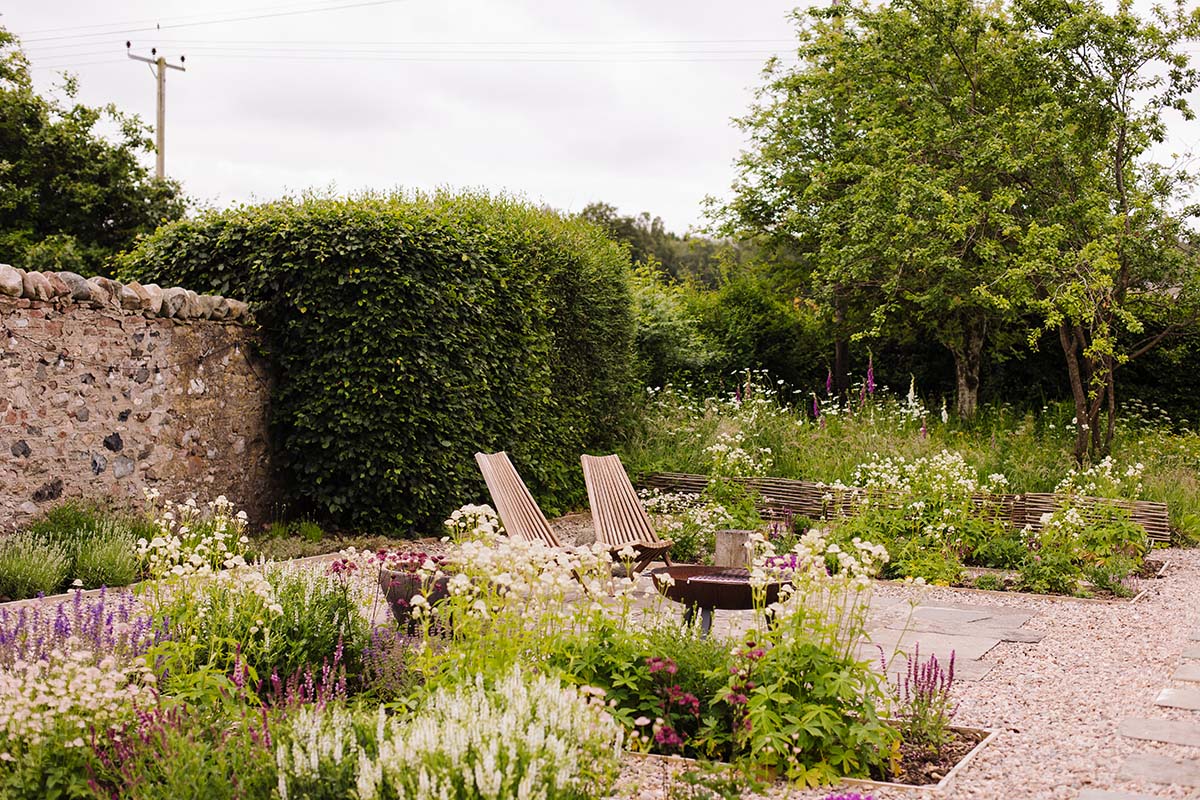
To look coherent and well thought-out, a garden does need to be planned. A good garden is never finished, but having a rough idea of what you want to do with you space will immediately make it look better. Don’t just go to the garden centre and buy the plants you like. Make sure they will work in your space and make sure that they will blend well together.
How long do you need to live with a space before deciding what to plant?
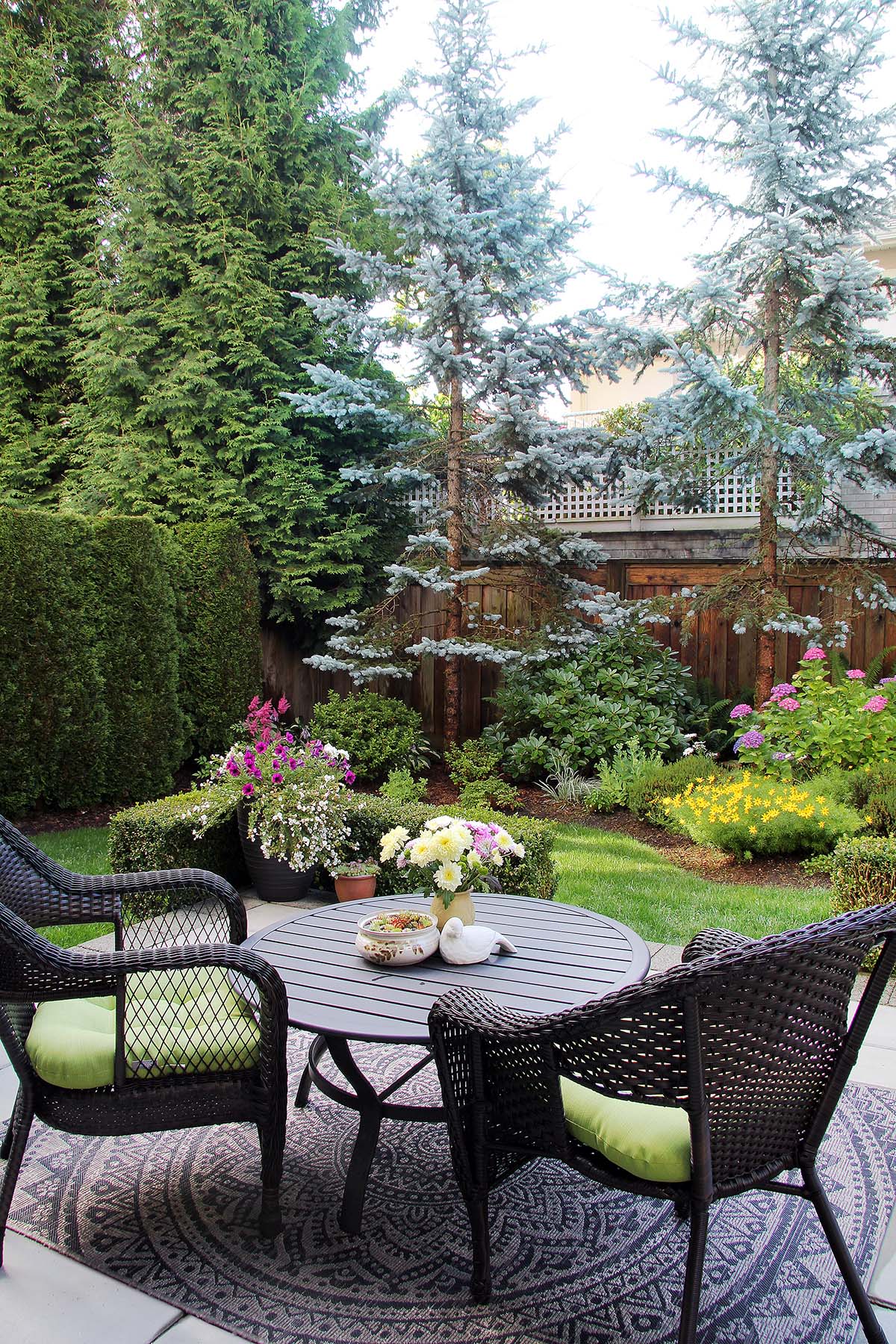
I had my garden design planned out before I even moved in. I checked all the photos and plans I had of the house to figure out where the sunny spots would be, and knew roughly what I wanted to grow. When I moved in, I tested the soil so I knew what I was working with, and measured up. I already had a moodboard of plants I liked, so I narrowed this down according to the conditions, and as soon as it was warm enough, I started planting.
How do you work out soil type?
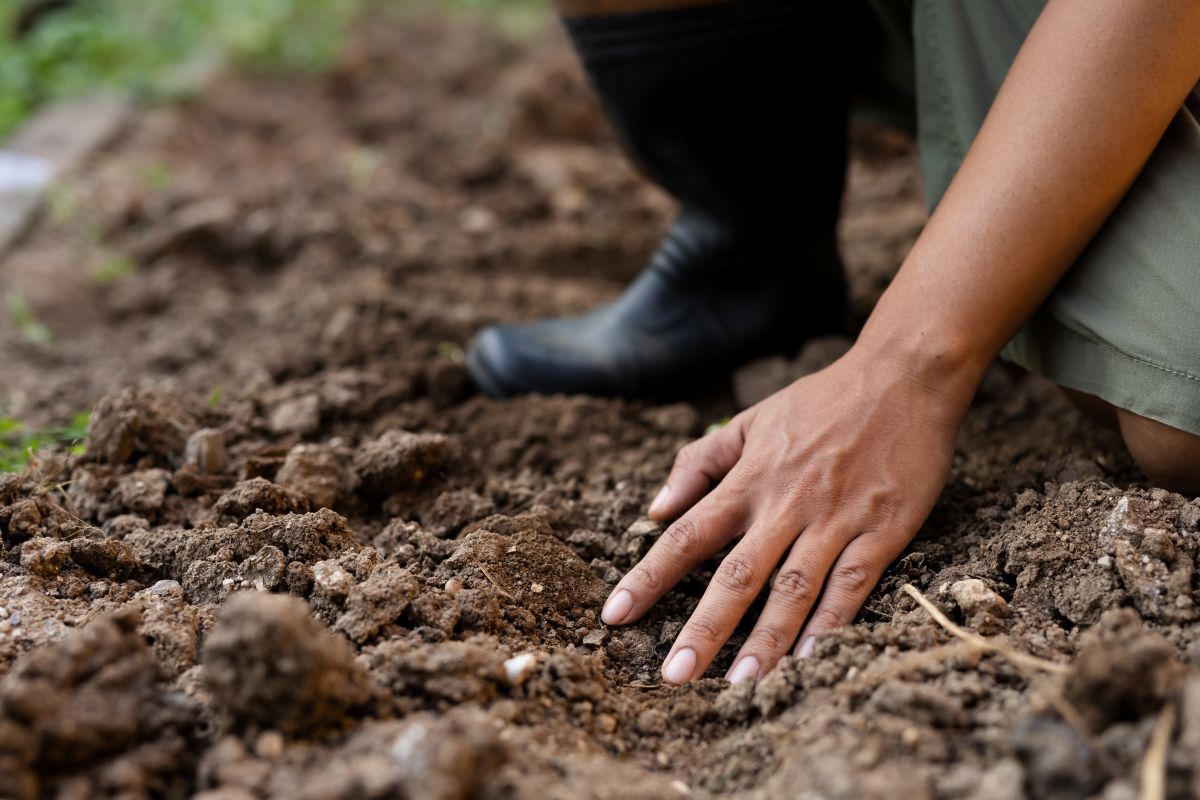
Testing the pH of your soil is easy with a home testing kit. These can be bought at most garden centres. If you have some plant knowledge, you can look around the neighbourhood and see what is growing well. For example, if you see azaleas, camellias, rhododendrons and blue hydrangeas, the chances are it’s acidic. If the soil is heavy clay, it’s likely to be neutral, and chalky soils may be neutral or slightly alkaline. Light, sandy, or silty soils are most likely to be slightly acidic.
What gardening tools do you recommend?
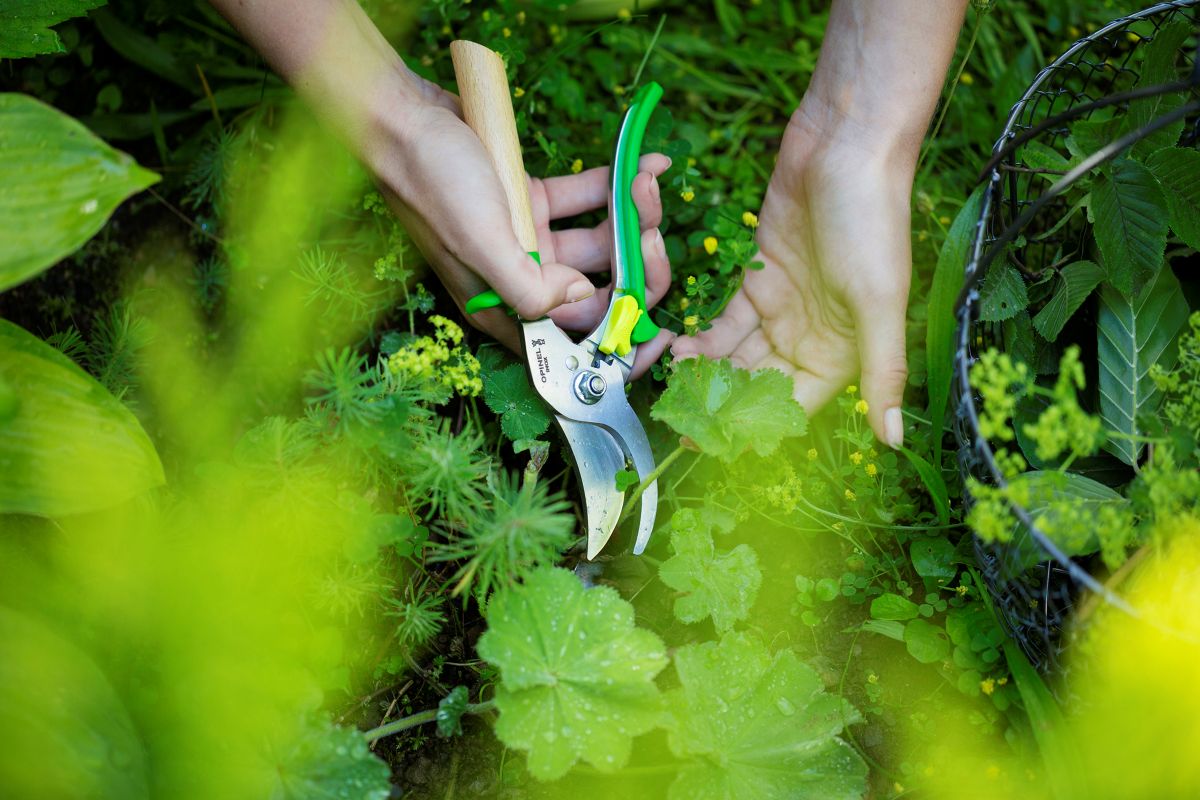
A hori hori knife for digging and weeding is essential during garden design and execution stages. You will also need a pair of secateurs for pruning, and a border fork for more serious gardening jobs. Also, I’d hate to be separated from my Dutch hoe and my little Niwaki spade!
Are there any plants you love to work with?
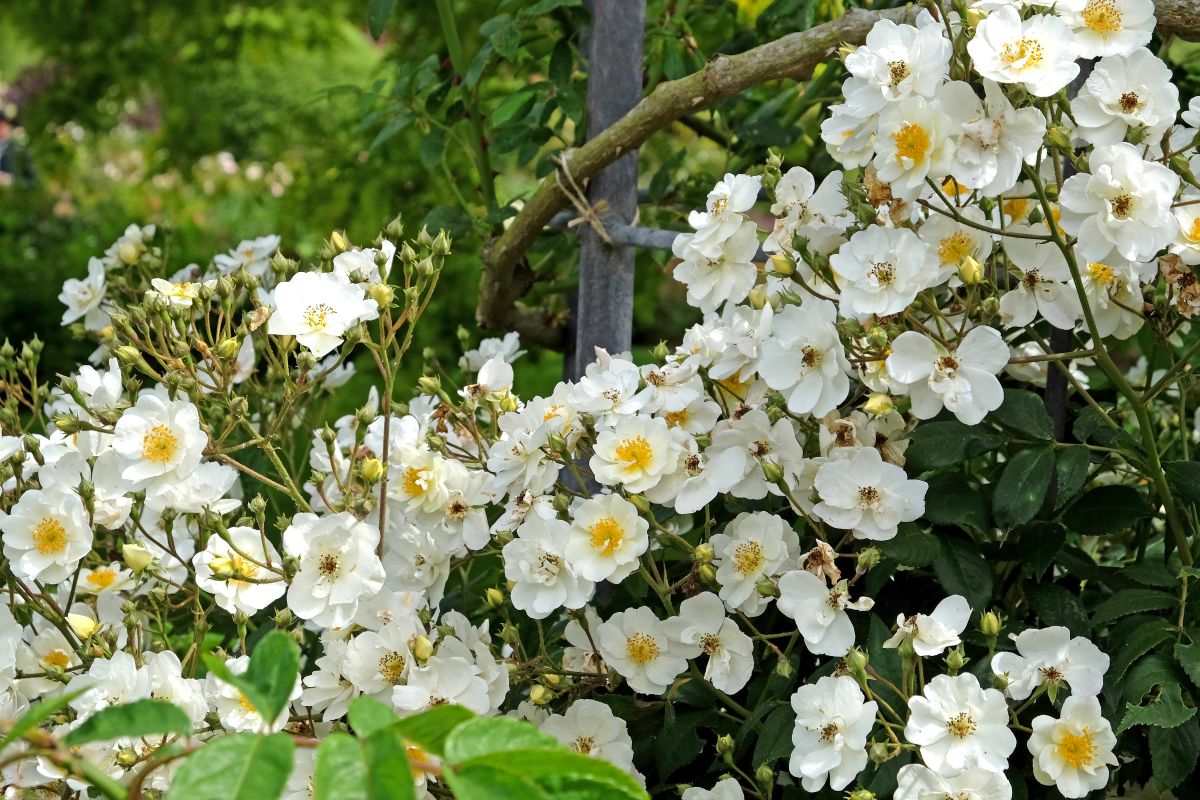
The plant that goes into every one of my gardens is a Rambling Rector Rose. It’s a large, climbing rose with delicate white flowers with a yellow centre. I fell in love with it and it doesn’t matter where I am, I simply have to have one in my garden.
Do you have any advice for gardeners working with exposed, windy gardens?
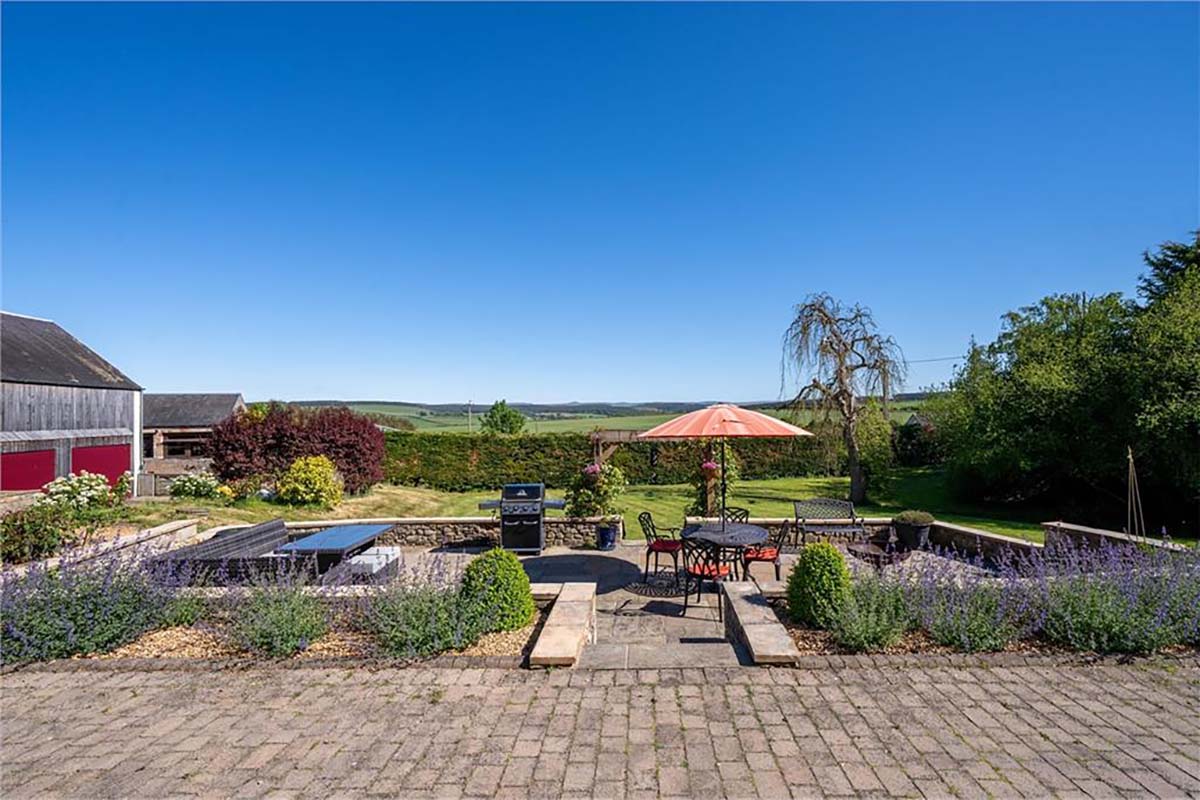
Exposed and windy sites can present a challenge during garden design, so the first thing you need to do is make sure that you’re planting things that are appropriate for the conditions. It’s tempting to grow the large blousy dinner-plate dahlias you see on Instagram, but they simply won’t stand up to the wind.
The next thing you need to think about is creating some shelter. This could be in the form of a physical structure like a wall, or with some trees or a hedgerow. Again, some plants are better suited to this job than others, so do your research about what would grow well in the light and soil conditions you have.
I recommend not staking your trees, but instead using a root anchor. This stops the root ball from moving around whilst the trunk has a chance to thicken. Wind will naturally trigger trees to thicken up their trunks, so adding supports can actually prevent this from happening, which is counterintuitive.
How would you approach garden design on a sunny balcony?
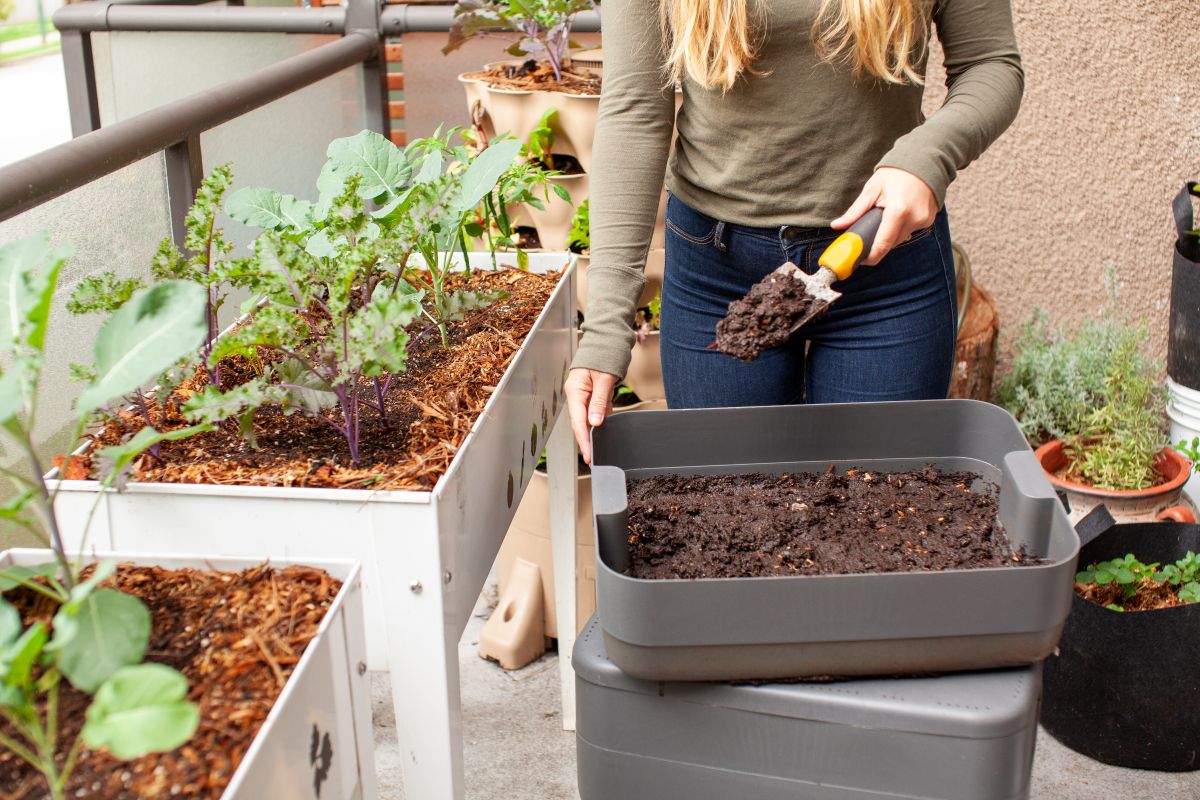
If your balcony is a sun-trap, you’ll find yourself doing a lot of watering. Plants that naturally need less water will be a good choice. Things like succulents, or Mediterranean plants will be naturally more resilient to drying out.
If you want to grow other things, consider going large on your pots, and avoid porous pots like terracotta when planning your balcony garden design. The larger the pot, the more water it will be able to hold. Also, choose a moisture-retentive compost, and consider top-dressing the pot with some bark chips to reduce evaporation.
What about a new-build?
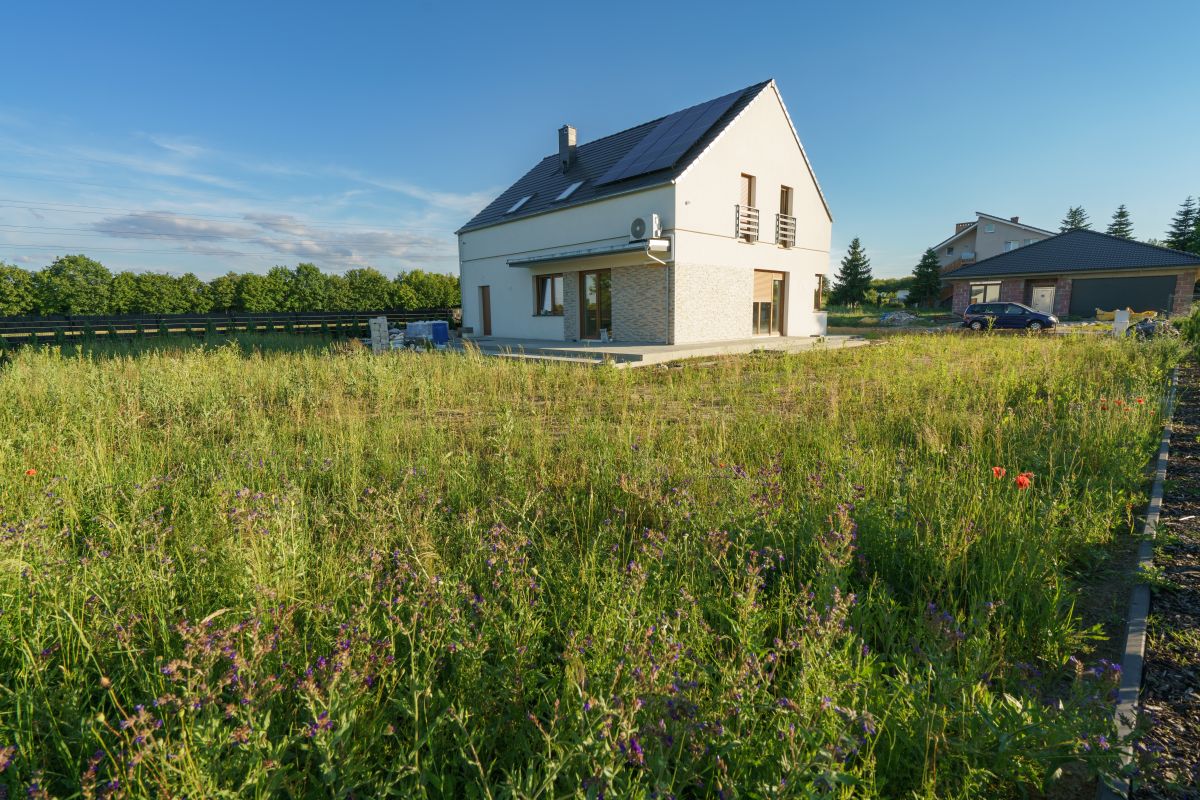
New-builds are notorious for having poor quality soil, if you have a lawn you’re already one step ahead of some new-build owners! The most important thing to consider is improving the soil. Developers will scrape off the topsoil to build, so you may be left with little to no topsoil. This will be compacted, full of stones, and difficult to dig into. However, you can’t just buy topsoil and expect it to unction the same as good soil…
I recommend adding a thick layer (around 3 inches) of compost or well-rotted manure to the surface of you soil. The organisms in the compost will help to incorporate this into what you have in your garden, creating a proper topsoil. Once you have a thick layer of compost, you can plant straight into it. Keep adding compost or well-rotted manure every year and you will see the soil loosening up, becoming easier to dig, holding onto water well, and draining faster during heavy rainfall. You must leave the soil alone as much as possible, only digging to plant into it and not digging it over.
Using garden design techniques, what are some simple ways to encourage the ecosystem of your garden?

First and foremost, to protect your garden ecosystem, you must try to invite in as much wildlife as possible. This means filling your garden with things like bird boxes, bug hotels, water, long grasses, and log piles.
In modern, sustainable garden design, you must refrain from using chemicals, too. Ecosystems start with plants, and next along in the food chain are things that eat plants. These are generally what we would consider pests, but if you don’t have these creatures, you can’t have anything further up the food chain! Exercising a little patience and waiting for your predators to arrive will help you have less work and healthier plants in the long-run.
Any final words?
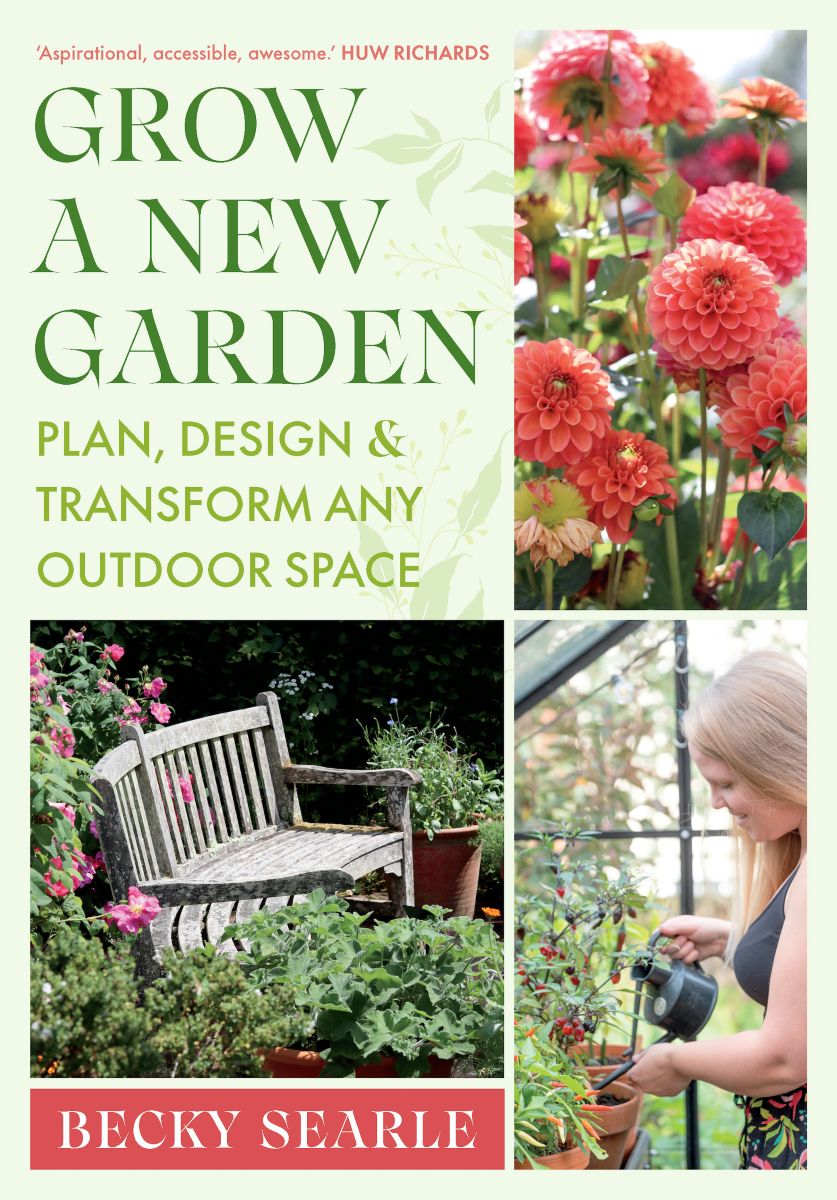
Understanding how garden design principals and plants work, rather than just looking at how to resolve problems as they arise, is the difference between enjoying the process and always struggling. There’s no such thing as green fingers, just people who understand gardens and people who don’t.
Becky Searle’s new book contains further design tips, troubleshooting, and future-proofing for your garden. Published by Chelsea Green, you can purchase your copy for £25.
Buy a copy of Grow a New Garden: Plan, Design & Transform any Outdoor Space | Follow Becky Searle on Instagram





